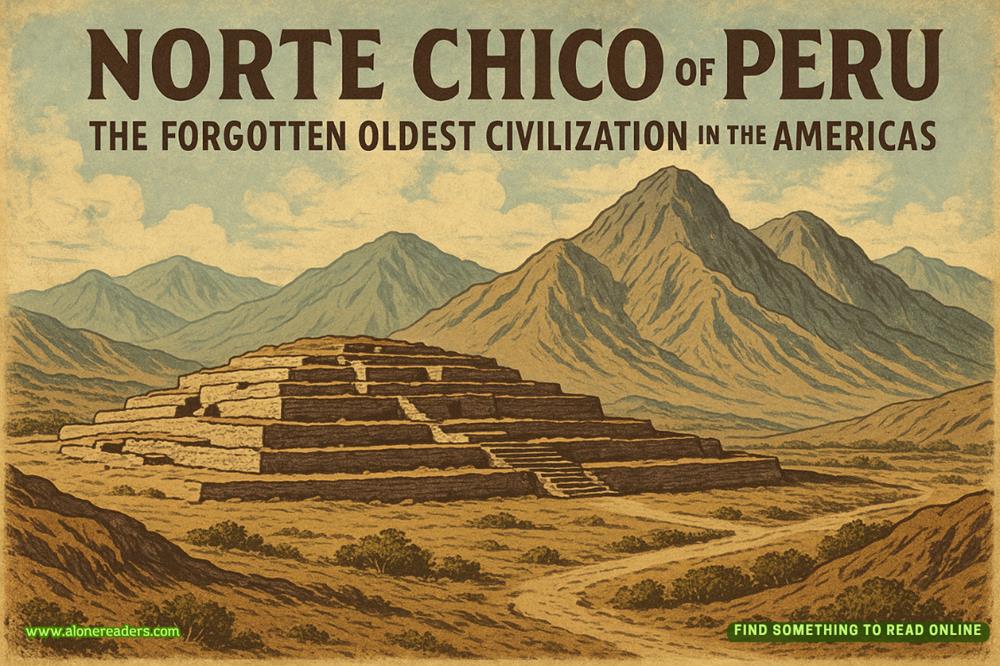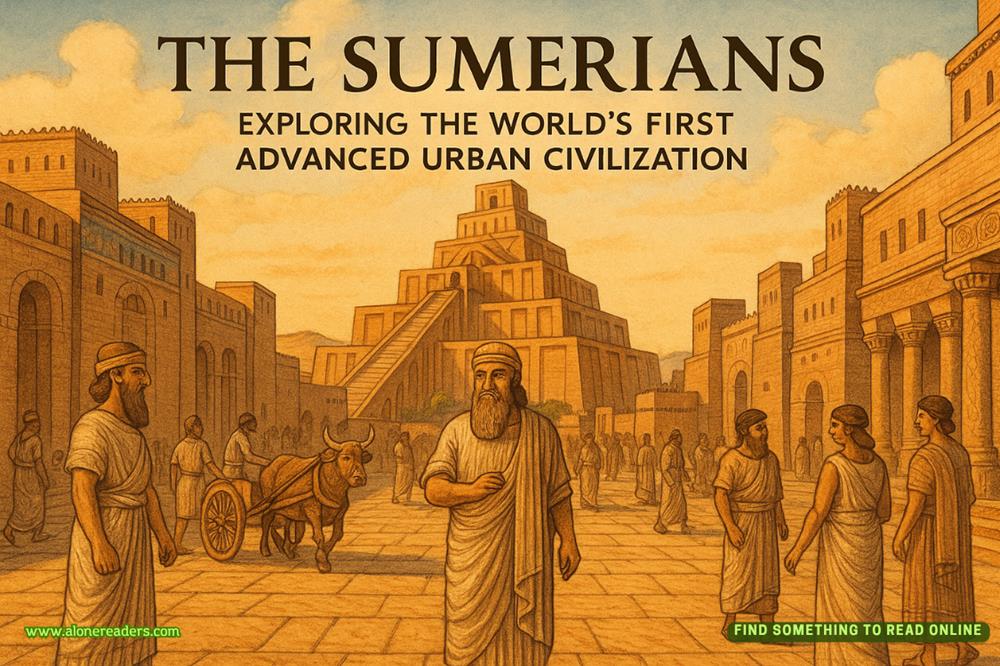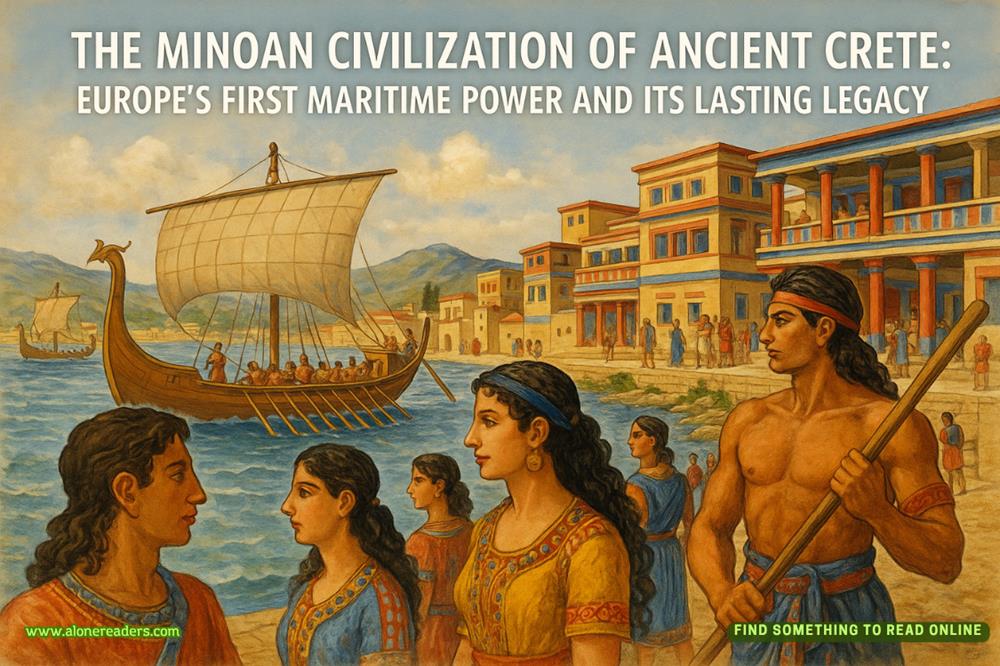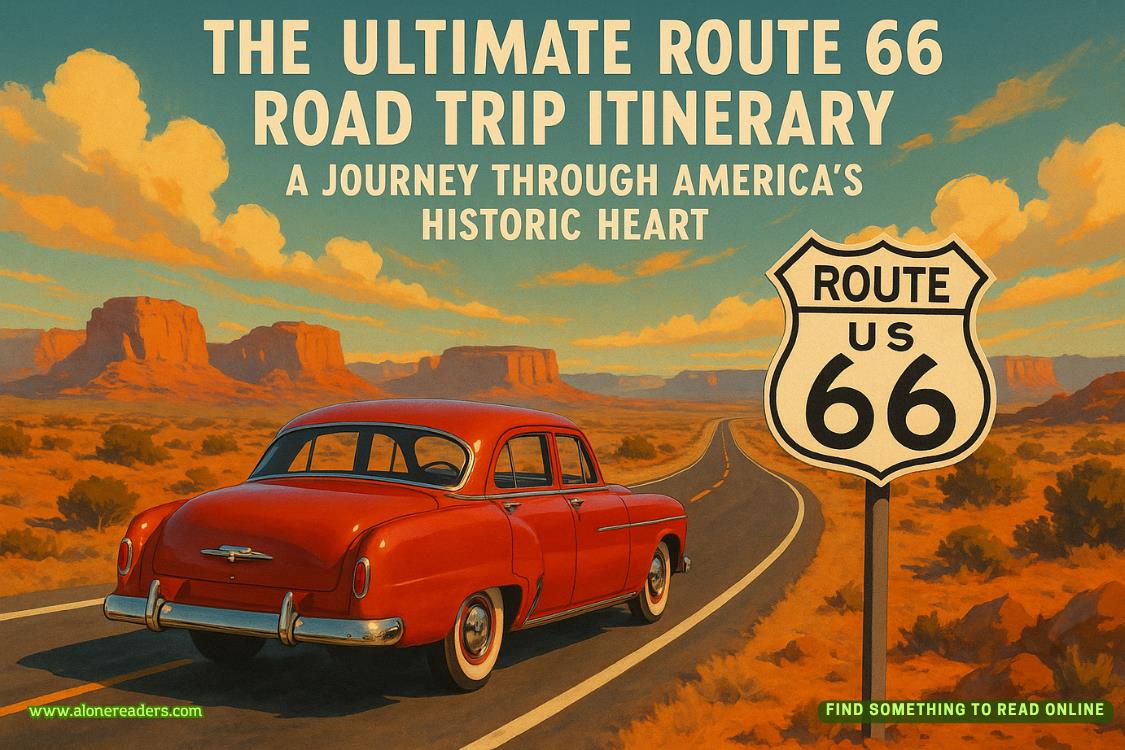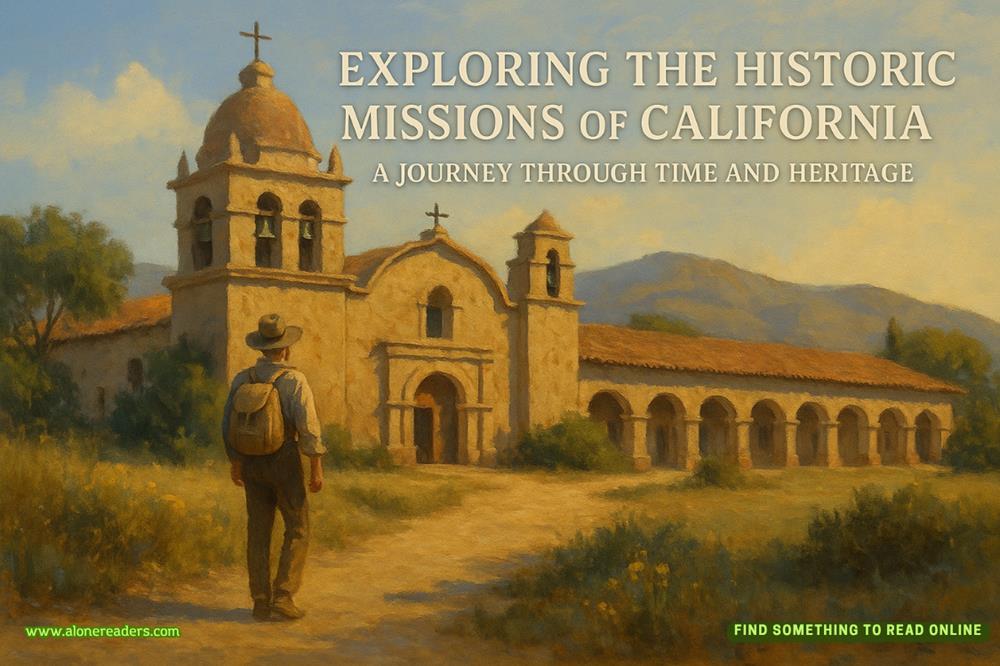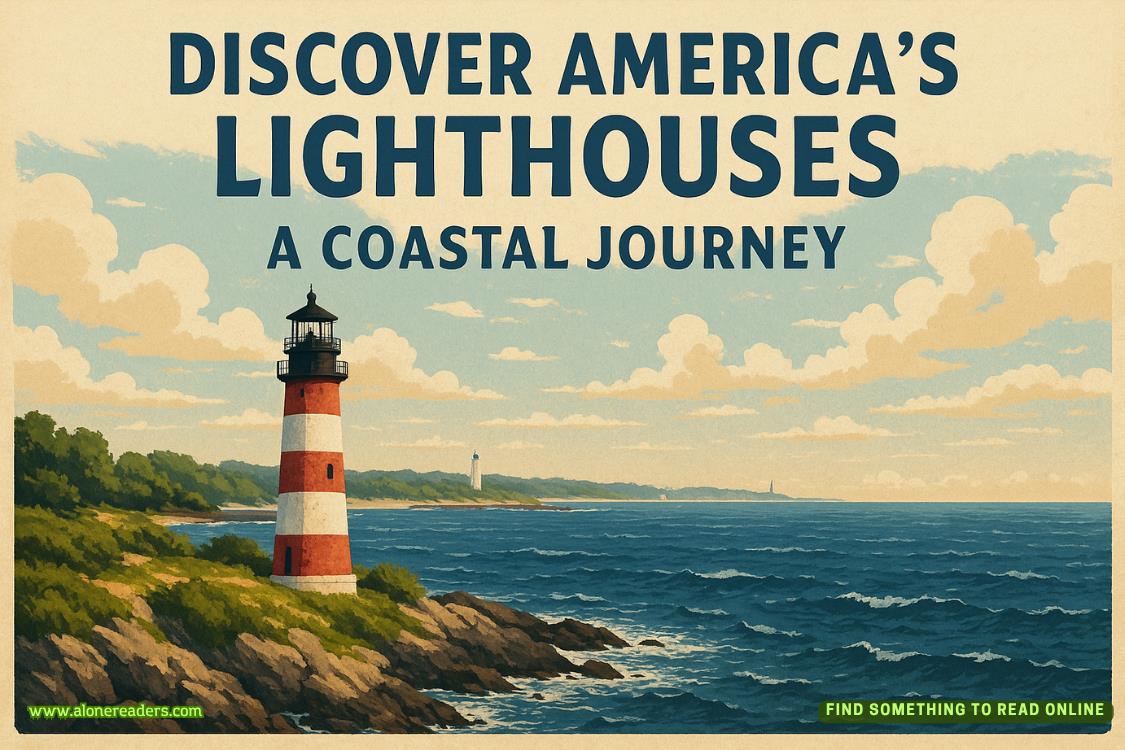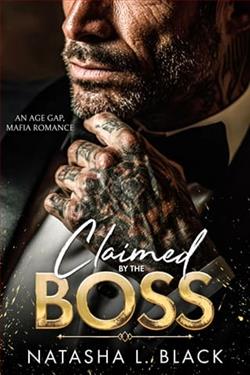Page 26 of A Midnight Kiss on Ever After Street
‘Ever After Street boycotted it en masse.’
‘Oh.’ He glances down at me. ‘Did they?’
I nod.
‘I’m intrigued by this place. I didn’t know Ever After Street existed until I arrived. It’s…’ He twists around to look behind us without letting my hand drop from his arm. ‘It’s really unusual. Children must love it.’
‘It’s magical. You should see the looks on kids’ faces when they come here. Getting their hair done at Rapunzel’s salon or wandering around the Mermaid’s Treasure Trove. Eating at the 1001 Nights restaurant. Getting ice creams at the Frozen ice cream parlour. The Colours of the Wind museum is really fantastic too. It’s full of fairy-tale artefacts that kids can actually play with. There’s a collection of dressing-up princess ballgowns they can put on, they can wear Cinderella’s glass slippers, rub Aladdin’s lamp, spin silk on Sleeping Beauty’s spinning wheel, and…’ I stop myself, realising I’m rambling. ‘Sorry, I’m sure you don’t want to hear every detail.’
‘On the contrary, the one thing I enjoy hearing about is what people love. Tell me more, please. I’m fascinated.’
I tell him about the shops as we pass them, from Marnie’s Tale As Old As Time bookshop to Sleeping Beauty’s Once Upon A Dream, which is dedicated to bedtime delights like luxury bedding, sleepover kits, blankets, and bath bombs.
At the edge of the forest, instead of taking the main path up the hill to the castle, I pull us to the left, along one of the fairy trails through the trees.
‘Full Moon Forest.’ He reaches up to touch the wooden sign that hangs between two trunks.
‘It used to be called the Blood Forest. It’s said that if you cut the trees, they bleed red because the viscount went mad and took his own life in the castle courtyard and there was so much blood that it ran down the hill and watered the ground.’
‘Pretty sure that didn’t happen.’
‘No, of course not, but you know what people are like. If they don't know what happened, they make up stories about it. For a long time, no one ever came into these woods. It was said to be haunted; children would dare each other to walk through on Halloween nights, and a few years ago, the people of Ever After Street decided to take it back and bring joy back into it. Rather than blood and gore, we went back to the Victorian-era rumours that fairies live in these woods and embraced that by allowing children to put fairy doors on trees, and we added giant wooden mushrooms, glowing solar flowers, and fairy lights hidden in the boughs.’
Witt looks around like he can’t take it all in as we walk beneath the canopy of branches.
‘There’s a craft stall by the carousel. Kids can buy their blank fairy doors, paint them, and then come through the woods to stick them on. Like leaving behind a little piece of each person who comes here. People make them in memory of children they’ve lost. There are certain trees where carving is allowed and people carve in the names of departed loved ones, as a way of asking the fairies to protect them on the other side.’
He seems genuinely moved when he looks down at me. ‘None of this will survive if the supermarket deal goes through, will it?’
I shake my head. ‘They need access roads for construction vehicles. They can’t come down Ever After Street itself, so the only option is to tear the forest out and build their own roads straight through it.’
‘That’s…’ He looks around, seeming lost for words. ‘That’s more unthinkable than I thought it would be.’
‘We’re a self-sufficient little retail park full of independent shops that mean the world to their owners. Supermarkets only care about the untapped potential for themselves, not about the impact on the rest of us.’
The paths are narrow and we have to squeeze together to get along some of them. Dappled evening sunlight is shining through the trees, providing the perfect mix of sun and shade as we wander along.
Sculptures of wooden butterflies and dragonflies are placed on trees, and he’s tall enough to reach out and touch everything, his eyes shining with delight at every new thing the forest unveils, as though he’s never seen anything like it before.
‘Are you really staying at the castle?’
He makes an affirmative noise as he stops to look at a fairy picnic area – a red and white wooden mushroom with a miniature tea set arranged on it, and smaller mushrooms in a circle around it, like a table and chairs.
‘You must be the light.’
‘The what?’
I laugh at my own awkwardness before clarifying. ‘I spend a lot of time looking out at the castle. For days now, there’s been a light on when it’s always been dark before. I thought it was just workers preparing for the ball. I didn’t realise someone was actually staying. That makes it seem really homely somehow. It’s nice to see after so many decades of it being empty. What’s it like to live there?’
‘Same as any old building. Draughty. Empty. Hollow. Damp from the roof leaking. In need of repair.’ His voice sounds flat, as though he really loathes the castle.
‘I didn’t realise estate agents did house clearances.’
‘It’s a service provided to high-value estates where the owner doesn’t want to be involved. They send someone to act in lieu and manage every aspect, especially if there are things of value in the building, or if there’s likely to be local resistance that could stop things running smoothly. I work with a lot of old estates, castles, and stately homes. I’m a historical buildings surveyor, but I also do things like tracing the history of old buildings and tracking down possible heirs, exhausting options before a property is sold, and putting old ghost stories to rest.’
‘Do you know anything about the history of the castle?’
He gives a laugh that’s tinged with something. Bitterness, maybe? ‘I think the history of this particular one is better left in the dark. People romanticise castles but most of them have unhappy histories. Buildings like this don’t end up abandoned unless something horrible happened inside them.’
